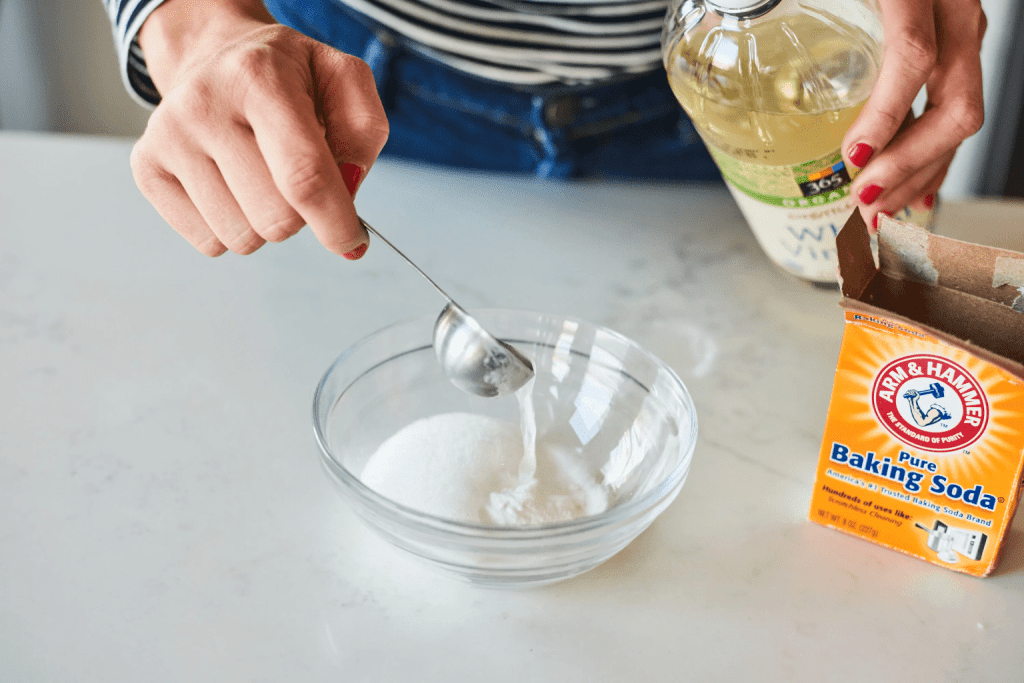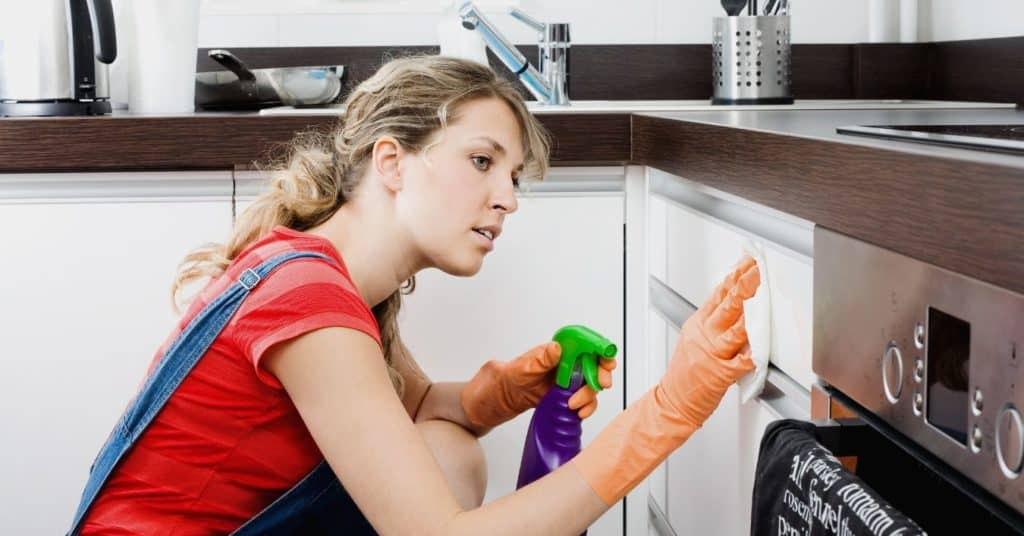Tackling sticky and greasy kitchen cabinets that haven’t been cleaned for over three years can seem like an overwhelming task. However, with the right approach and some elbow grease, you can restore your cabinets to their former glory. This guide will walk you through a simple and effective cleaning process to help you get the job done.

Step 1: Gather the Necessary Cleaning Supplies
Before jumping into the cleaning process, it’s essential to have all the necessary tools and cleaning products ready. Here’s a list of what you’ll need to get started:
- A bucket filled with warm water
- Dish soap or a degreasing cleaner
- Baking soda
- White vinegar
- Clean microfiber cloths or sponges
- Rubber gloves
- Soft-bristled brush or an old toothbrush
- Optional: Essential oil (such as lemon) for a pleasant scent
Having everything on hand before you begin will make the process smoother and more efficient.
Step 2: Empty the Cabinets and Prepare the Area
Before cleaning, you’ll need to empty out your cabinets. Remove all items, including food, dishes, and any other items that have been sitting in the cabinets. Give these items a wipe-down to ensure they’re not covered in grease or grime before placing them back later.
Cover the nearby countertops and floors with old towels or newspaper to catch any drips or splashes from your cleaning solution. To protect your hands from harsh chemicals or grime, put on rubber gloves.
Step 3: Create Your Cleaning Solution
Now it’s time to mix up a powerful cleaning solution. You have a couple of options depending on your preferences:
- Standard cleaner: Mix a few drops of dish soap or degreasing cleaner with warm water.
- Natural cleaner: Combine equal parts of water and white vinegar with a tablespoon of baking soda. This mixture is highly effective at breaking down grease naturally. For an added fresh scent, include a few drops of essential oil, like lemon.
This solution will form the foundation of your cleaning process, cutting through tough grease and leaving your cabinets sparkling.
Step 4: Start Washing the Cabinet Surfaces
Dip your sponge or cloth into the cleaning solution and wring out the excess liquid to avoid dripping. Begin wiping down the cabinet doors, frames, and handles, paying extra attention to areas with thick grease buildup.
If you encounter particularly stubborn spots, use a soft-bristled brush or old toothbrush to gently scrub them. Be sure to regularly rinse your sponge or cloth to avoid spreading grease around, and keep refreshing your cleaning solution if it becomes too dirty.
Step 5: Address Stubborn Grease with Baking Soda Paste

For areas where the grease won’t budge with regular cleaning, you’ll need to create a stronger solution. Mix baking soda with a small amount of water to form a thick paste. Apply the paste directly to the greasy spots, letting it sit for a few minutes to loosen the grime.
After letting the paste work its magic, gently scrub the area with your brush or sponge. Baking soda’s mild abrasiveness will help lift even the most stubborn grease without damaging your cabinets.
Step 6: Rinse and Dry the Cabinets
Once you’ve thoroughly cleaned and scrubbed the cabinets, it’s essential to remove any remaining cleaner to prevent streaks or residue. Use a clean, damp cloth to wipe down all surfaces, ensuring you’ve removed all traces of your cleaning solution.
After rinsing, follow up with a dry microfiber cloth to wipe the surfaces. This will prevent water spots from forming and will help reveal a clean, grease-free finish.
Step 7: Polish and Maintain Your Cabinets for a Lasting Shine

If your cabinets are made of wood, consider applying a wood polish after cleaning to restore their shine and protect them from future grime buildup. Be sure to follow the manufacturer’s guidelines for any specific polish or product you’re using.
To prevent another layer of stubborn grease from building up, adopt a weekly or bi-weekly cleaning routine. Simply wiping down your cabinets with a mild cleanser or a damp cloth will help keep them looking fresh and prevent future deep-cleaning sessions.
Conclusion: Enjoy Your Sparkling, Grease-Free Cabinets
Though cleaning sticky, greasy cabinets may seem like a daunting task, with the right supplies and a methodical approach, you’ll have them looking as good as new in no time. The combination of dish soap, vinegar, baking soda, and a bit of scrubbing power will leave your kitchen cabinets clean, polished, and ready for daily use.
Maintaining a regular cleaning schedule will save you from facing another buildup in the future. With this guide, you’re well-equipped to tackle even the most neglected kitchen messes. Happy cleaning!


